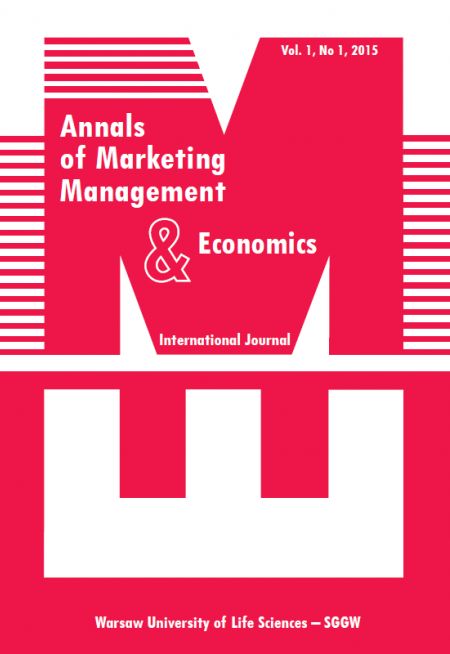Main Article Content
Article Details
European Commission (EC), 2000: Agenda 2000, retrieved from http://ec.europa.eu/agriculture/cap-history/agenda-2000/index_en.htm [accessed: 15.08.2016].
European Commission (EC), 2013. Nomenclature of Territorial Units for Statistics, by regional level, version 2013 (NUTS 2013), retrieved from http://ec.europa.eu/eurostat/ramon/nomenclatures/index.cfm?TargetUrl=LST_CLS_DLD&StrNom=NUTS_2013L&StrLangu ageCode=EN&StrLayoutCode=HIERARCHIC# [accessed: 15.08.2016].
European Commission (EC), 2015a. Danish-Hungarian project reaches out to those on the margins, retrieved from http://ec.europa.eu/esf/main.jsp?catId=46&langId=en&projectId=1700 [accessed: 15.08.2016].
European Commission (EC), 2015b. Factsheet on 2014-2020 Rural Development Programme for Hungary, retrieved from http://ec.europa.eu/agriculture/rural-development-2014-2020/country-files/hu/factsheet-hungary_en.pdf [accessed: 15.08.2016].
European Commission (EC), 2015c. Getting 120 homeless off the street and into jobs, retrieved from http://ec.europa.eu/esf/main.jsp?catId=46&langId=el&projectId=1699 [accessed: 15.08.2016].
Horváth G. (ed.), 2006. Régiók és települések versenyképessége (Competiveness of regions and settlements) [in Hungarian], Magyar Tudományos Akadémia, Pécs, 10-14.
Jusztin V., Pikler K., Kelenné Török L., Magyar J., Kohán Z., Takács P., Chikán M., Tafferner B., 2015. Közép-magyarországi régió esetleges kettéválasztásának lehetőségéről szóló vizsgálat (Research about the possible division of Central Hungary) [in Hungarian], Budapest, retrieved from http://regionalispolitika.kormany. hu/download/c/ad/31000/NUTS_vizsgalati_jelent s_2015nov.pdf [accessed: 15.08.2016].
Local Government of Kisbér, 2009. KDOP-5.1-1/2F-2f-2009-0003, retrieved fromhttp://www.kisber.hu/elemek/3481/Sajto.pdf [accessed: 15.08.2016].
Local Government of Komló, 2009. DDOP-4.1.1./D-09-2F-2009-0001, retrieved from http://www.komloonk.hu/kozmuvelodesi-intezmenyek-fejlesztese [accessed: 15.08.2016].
Morley M., 2015. Economic theories that have changed us: endogenous growth, retrieved from http://theconversation.com/economic-theories-that-have-changed-us-endogenous-growth-42249 [accessed: 15.08.2016].
Siudek T., Czarnecki E., Vashchyk M., 2016. Assessment of the sustainability of rural development in the European Union Member States, Acta Scientiarum Polonorum, "Oeconomia" 15 (3), 101-113.
United Nations General Assembly, 1987. Report of the World Commission on Environment and Development: Our common future, retrieved from http://www.un-documents.net/ourcommon-future.pdf [accessed: 15.08.2016].
Venables J.A., 2005. New Economic Geography, retrieved from http://www.rrojasdatabank.info/newecongeogven05.pdf [accessed: 15.08.2016].
Downloads

Utwór dostępny jest na licencji Creative Commons Uznanie autorstwa 4.0 Międzynarodowe.





